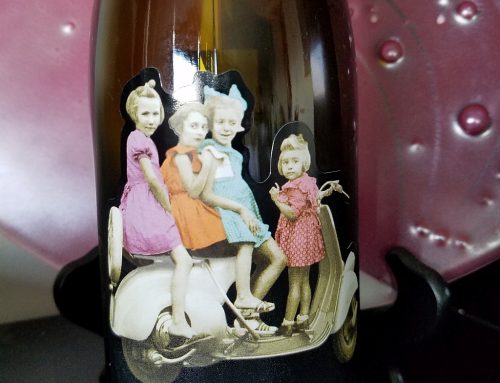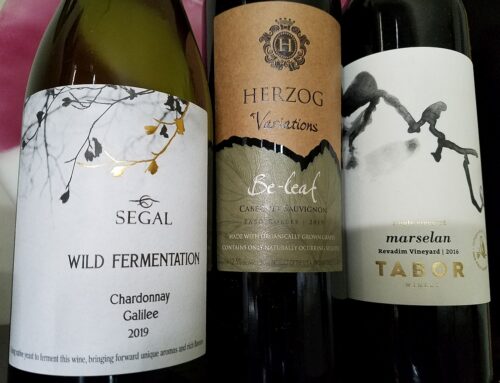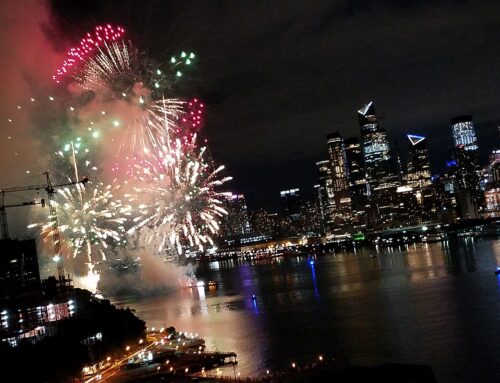Readers of this column know I don’t often recommend a California chardonnay, but one worth tasting is the 2007 Simi Russian River Valley.
The chardonnay ocean that flows from California wineries often smells like buttered popcorn. An overuse of new French oak barrels or staves imparts the vanilla-bean flavor of creme brulee, and the winemaking technique of stopping the fermentation before all the sugar is converted to alcohol gives the wine a sweet finish reminiscent of cotton candy. Once upon a time, Simi was guilty of this style, but not recently, and, I hope, no longer.
Simi is one of America’s heritage wineries. In 1859, Giuseppe Simi left his Tuscan home to find his fortune in California’s gold fields. Fortunately for America’s wine future, he failed in gold and turned to what he knew: winemaking. With his brother Pietro, they planted vineyards and began making wine in Sonoma’s Alexander Valley. Success arrived, and in 1890 they built stone cellars in Healdsburg. Both died in 1904, and Giuseppe’s 18-year old daughter, Isabelle, took over the winery. She expanded the cellars, traveled the country promoting Simi and guided the winery through Prohibition by getting a license to make sacramental wines, and producing them in abundance. When Prohibition was repealed in 1933, America had 500,000 cases of Simi wines awaiting it.
I started drinking Simi wines in the mid-1970s and had them on my restaurant wine list until the early 1990s, when the chardonnay began to resemble the taste of Jujyfruits. A month ago, winemaker Susan Lueker poured 2007 Simi Russian River Valley chardonnay at dinner and it was a pleasure.
Russian River Valley is a good source for chardonnay and pinot noir grapes. Its cool climate allows the grapes to ripen gradually, providing a balance of sugar and acidity. But that’s for naught if the winemaker fiddles with nature in the winemaking process. Lueker has not done that. Wisely, she has limited the new oak barrels to 58 percent, and kept the acidity of the wine proportional to the flavorful fruit. The residual sugar, which can run 4 to 5 percent in some of the candied-styled chardonnays, is limited to one percent, giving Simi’s chardonnay a balanced, dry finish. And by withholding 40-percent of the wine from malolactic fermentation, she has averted the buttered popcorn accent. All these steps show intelligent winemaking where the aim is to offer wine consumers a chardonnay that reflects its origin and complements food. If this is the future for Simi’s chardonnay, then it’s a welcomed return to its past.
Lueker poured the 2007 Simi Russian River Valley chardonnay with sauteed sea scallops, mushrooms, and a light sherry cream sauce, a delicious match. In the summer heat, the Simi chardonnay would also be delightful with roasted monkfish on a gazpacho sauce (think gazpacho soup without the broth) and Italy’s great summer dish, vitello tonnato.
The 2007 Simi Russian River Valley Chardonnay retails for approximately $20.







Leave A Comment